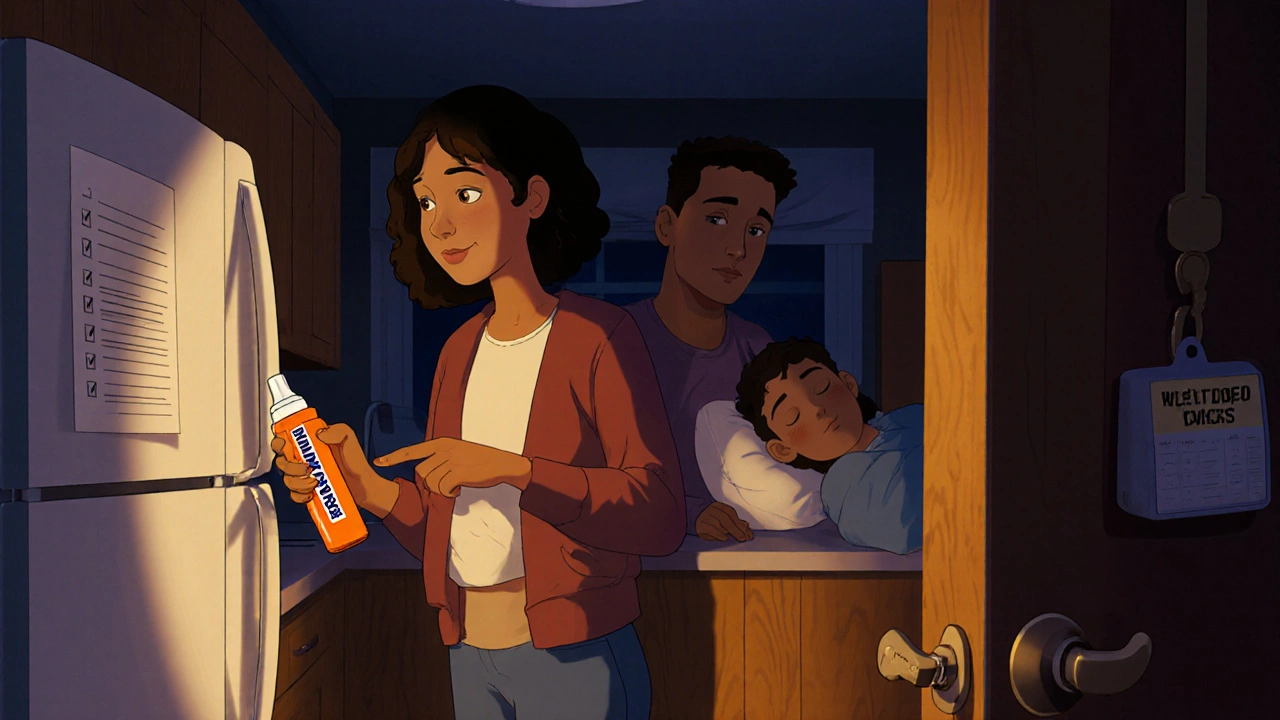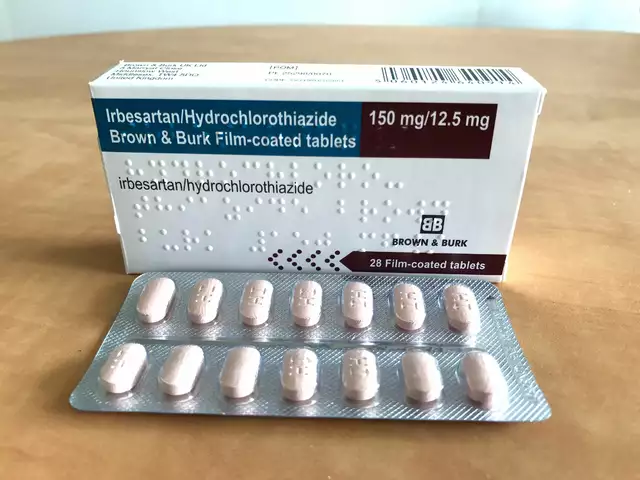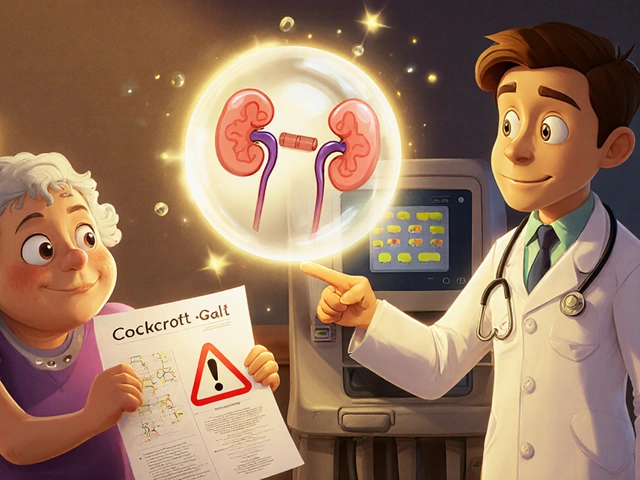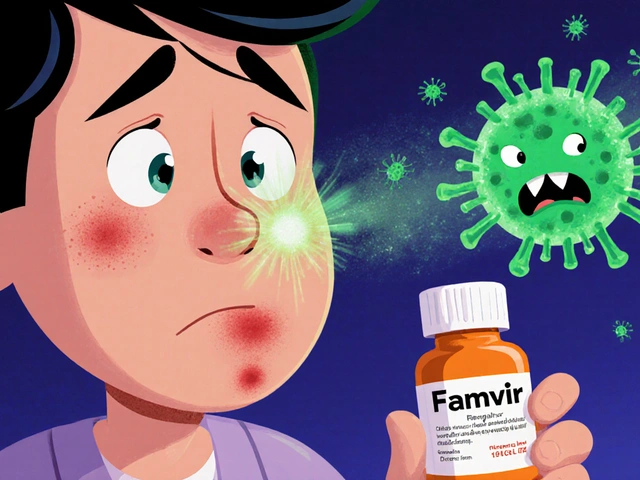Opioid Safety: Understand Risks, Signs of Misuse, and How to Stay Protected
When it comes to opioid safety, the practice of using prescription pain medications like oxycodone, hydrocodone, or morphine in a way that minimizes harm and prevents addiction. Also known as opioid risk management, it’s not about avoiding these drugs entirely—it’s about using them wisely, knowing the red flags, and having a plan if things go wrong. Millions rely on opioids for severe pain after surgery, injury, or chronic illness. But every year, too many people end up in the emergency room—or worse—because the line between relief and danger gets blurred.
Opioid safety isn’t just for patients. It matters for families, caregivers, and even friends who might be the first to notice something’s off. opioid misuse, taking more than prescribed, using someone else’s pills, or combining them with alcohol or sleep aids is the biggest risk factor for overdose. And opioid overdose, a life-threatening drop in breathing caused by too much opioid in the system doesn’t always look like a movie scene—it can be quiet, slow, and easy to miss. Someone might seem drowsy, nod off often, or have pinpoint pupils. Their skin might turn bluish, especially around the lips. If you see this, time is everything.
One of the most powerful tools in opioid safety is naloxone, a medication that can reverse an opioid overdose in minutes. It’s available as a nasal spray or injection, doesn’t require a prescription in many places, and can be kept in a medicine cabinet just like an EpiPen. If you or someone you care for is on opioids, ask your pharmacist how to get naloxone. Keep it handy. Know how to use it. Practice with a trainer kit if you can.
Safe opioid use also means regular check-ins with your doctor. Not just to refill, but to ask: Is this still helping? Are there safer options? Could physical therapy, nerve blocks, or non-opioid meds work just as well? Many people don’t realize their pain has improved enough to taper off—but they’re afraid to stop. That fear keeps them trapped. You don’t need to suffer, but you also don’t need to risk your life just to avoid discomfort.
And don’t ignore the mental side. Opioids can change how your brain handles stress, reward, and emotion. If you notice mood swings, loss of interest in things you used to enjoy, or a growing need to take more just to feel normal, those aren’t just side effects—they’re warning signs. Talking to a counselor or joining a support group isn’t a sign of weakness. It’s part of staying safe.
The posts below give you real, practical advice from people who’ve been there—whether it’s managing chronic pain without relying on opioids, recognizing when a loved one is slipping into misuse, or how to store and dispose of these meds properly. No fluff. No scare tactics. Just clear steps to protect yourself and others. You’re not alone in this. And with the right knowledge, you can use these medications without becoming a statistic.

Naloxone Readiness Plan: How to Keep Patients Safe on Opioids
A naloxone readiness plan saves lives. Learn how to keep patients on opioids safe with easy steps to access, use, and store naloxone - the only medication that can reverse an opioid overdose in minutes.
Categories
- Health and Medicine (34)
- Health and Wellness (34)
- Medications (33)
- Online Pharmacy Guides (15)
- Nutrition and Supplements (7)
- Parenting and Family (3)
- Environment and Conservation (2)
- healthcare (1)
- prescription savings (1)



